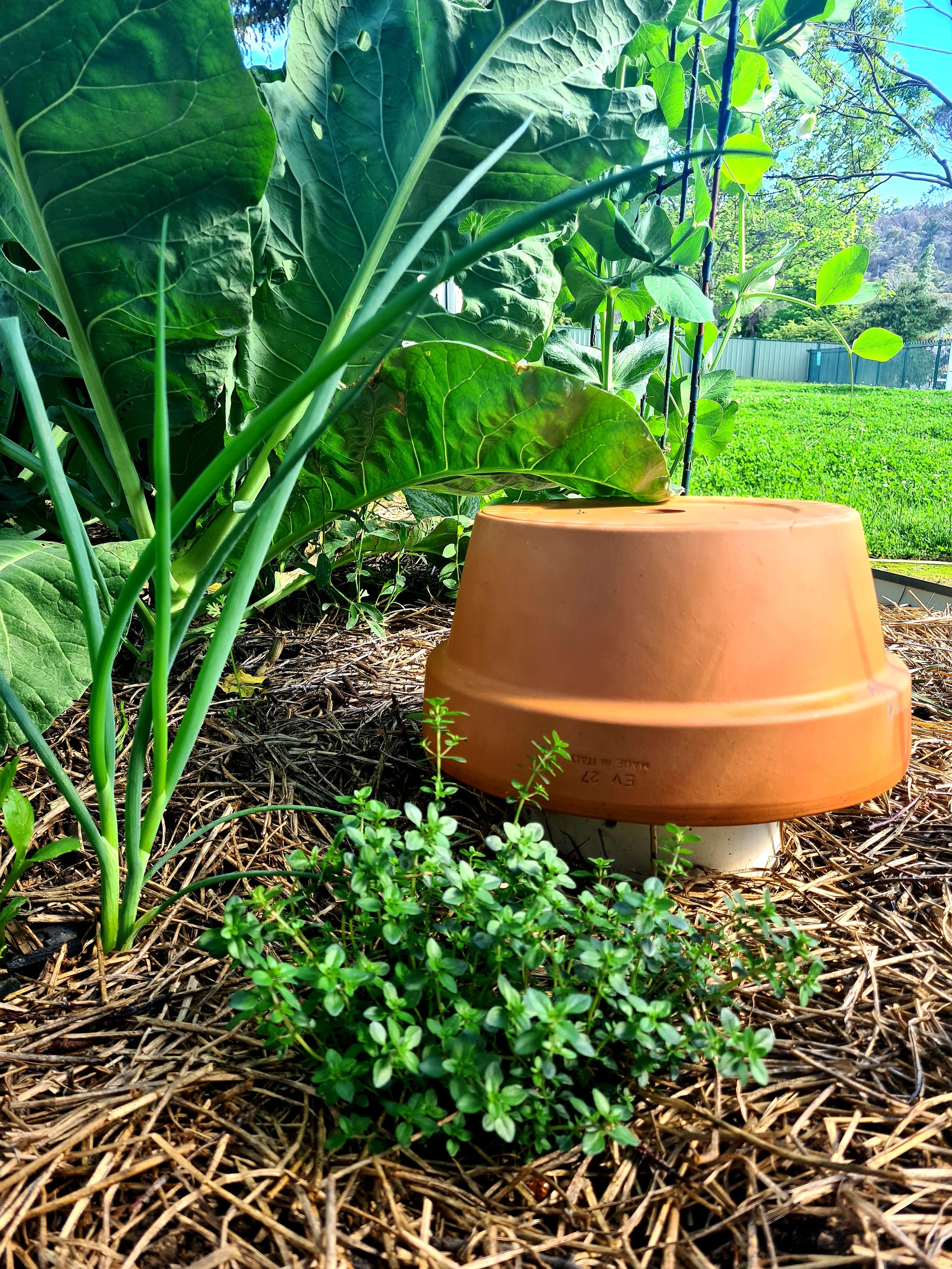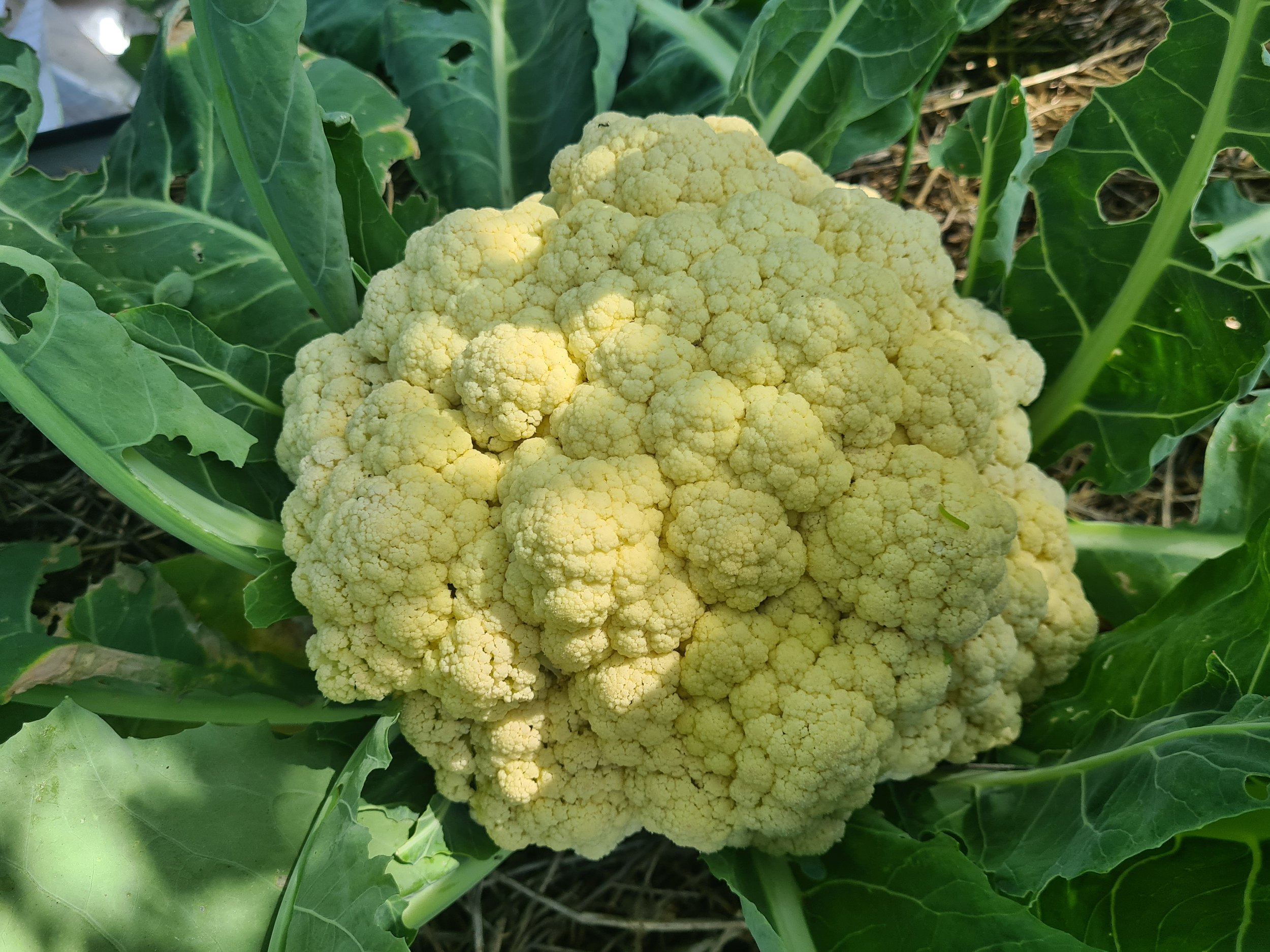Education - Edible School Garden
This project with a not-for-profit preschool was both rewarding and super cute. The school had a derelict nd disued veggie patch with compacted, humus-deficient soil. They struggled to grow anything (no wonder given the state of the soil) and were about to spend big to have the old soil taken away, and new soil delivered.
Rather than spending money on new soil, Create ecology produced an educational piece on soil remediation for both teachers and children. Samples were collected and analysed, thereafter an action plan was created. Compaction was dealt with manually (augered), the base layer clay pan was corrected with gypsum, and additions of biochar, mineral rock dust, compost, and other organic material were used to improve the soil condition. The beds were, well, put to bed, and rested with a thick cover of mulch and sewn with a green manure crop. Meanwhile, with the help of the students, we built worm towers in each bed for in-ground composting of the leftovers from the daily healthy snack morning tea.
The best part about this project was that the kids got to help and get their hands dirty during the process. The most fun was had when it came time to add the worms to the compost towers - I’m told we used “dancing worms”. Over the time spent with the school, I saw many a delightful sight - like the kids/students absolutely fascinated by how slaters can roll up into a ball!
Eventually, the students helped to plant and care for the seedlings, watch them grow, and, the exciting part - they got to harvest the fruits of their labour and cook with them!
Note: the cuties with faces not blanked out are mine, just saying so I don’t receive any emails about privacy, I have given my permission to use their images.

Before - the soil was compacted, dry, and lifeless, with a deep clay layer affecting drainage. We helped by bringing to life the Ecology of the soil system.

After - this Strawberry patch was LOVING it - a vermicast tea with a low pH (5.8 - 6.2) and a mulch of dried pine needles were used to give the strawberries the slightly acidic environment that they love and thrive in. The kids were eating fresh, organic strawberries for many weeks.

During - Introducing the "dancing" worms! This was the kids' favourite activity! The worms got settled into their new homes and soon got on with their very important business of making compost.

The veg and herbs in this bed are starting to look good. Each bed had its own worm towers in-situ.

Site Supervisor is checking on how the worms are settling in.

Progress shot: Climbing snow peas heading for the sky in healthy, balanced, nutrient-rich soil.

Strawberry thief caught in action! Although, she/he is welcome evidence of a healthy ecosystem, the site of reptilian scales always gets the heart started in the garden.

Roast cauli with cheese - yum! The students loved learning different cooking techniques. Cauli-rice was a well-received healthy variation on regular rice.

Kids were not totally happy with the broccoli but hey, greens are most important, and they got to learn how much better they taste when you grow them yourself!
